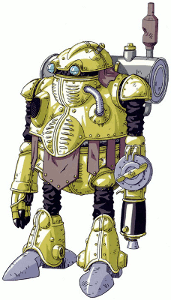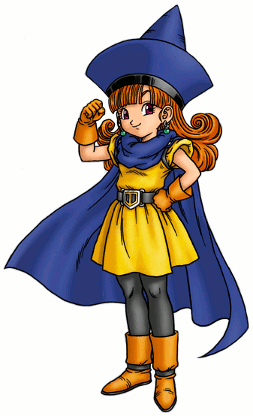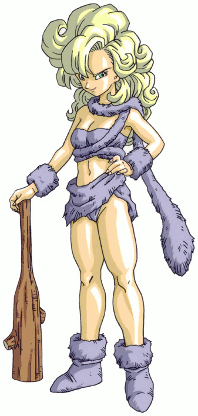6. Beastly Screen-filling Sprites
Long before Shadow of the Colossus and Monster Hunter, 2D game developers understood the power of monsters too big to be contained in a TV. After the player grows used to smaller enemies, a large one leaves an impression.
EarthBound proves that enormous enemies don’t even need to look especially threatening:
Developers typically save this technique for late-game bosses, so I won’t ruin the surprise by directly showing some of my favorites, but other examples of capital-sized enemies include Secret of Mana, EarthBound, Chrono Trigger, and Mother 3. The Etrian Odyssey series has also taken this idea to another level, but I’ll reserve that for another day—and a post to itself!
One major series that doesn’t take full advantage is Pokémon. The third and fourth generations of games, Ruby and Sapphire and Diamond and Pearl, had a cool Pokédex feature comparing the height scale of a human with any Pokémon the player had caught to demonstrate how small a Diglett or how large a Wailord is, but during battles, size differences only show in the home console games. In the main portable games, almost every fully-evolved monster looks about the same size as any other, whether it’s the fourteen-foot-tall creator of the oceans or a dancing 4’11” Mexican pineapple duck.


The appearance of a legendary Pokémon could inspire awe if drawn to scale, so this could be considered a missed opportunity. Still, the sale of 215 million games makes it obvious that players already love Pokémon and its artwork to death (and I’m one of them), so maybe leaving well enough alone is for the best. If nothing else, the absence of visible size differences helps convey that most Pokémon can contribute to a victory under the right circumstances.




